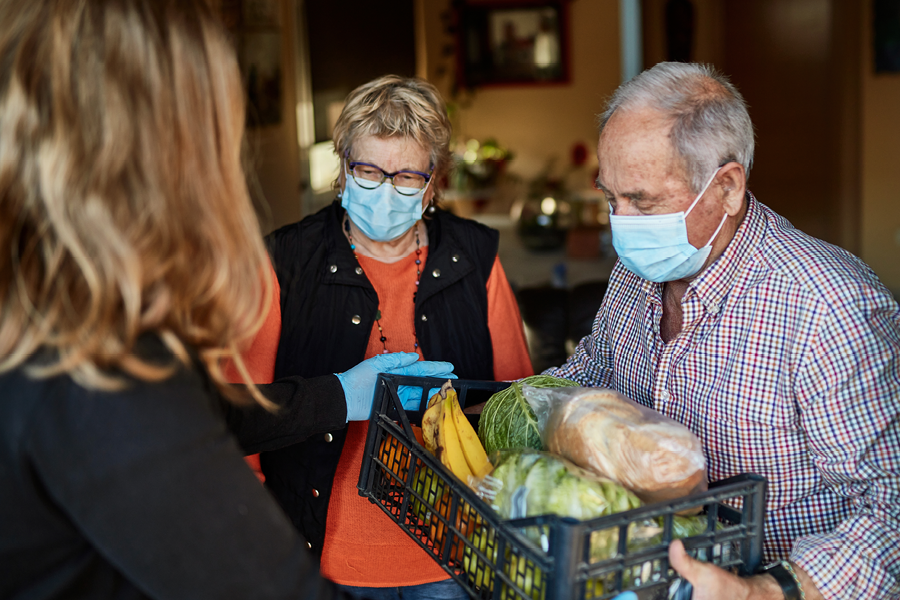
What we grow and eat in Canada will change due to COVID-19
COVID-19 is impacting nearly every part of our lives, including the resilience of our food supply chain. Several COVID-19 outbreaks in major meat packing plants and worker availability in critical segments of the agriculture sector have highlighted just some of the concerns. Although there is, and will continue to be, enough food to feed Canadians, these significant disruptions could decrease the availability and increase the pricing of many agri-food products, lead to the closure of many food related businesses, and fundamentally change what Canadians grow and eat.
One significant disruption in our food supply chain involves where we buy our food. Prior to the pandemic, about one out of every three dollars spent on food in Canada occurred at restaurants. The massive shift in spending from meals purchased at restaurants to food bought at grocery stores is having major implications. The supply chain is having to quickly adapt to major shifts in how food is distributed and packaged, as well as changes in where and what we eat. For example, restaurant french fry consumption has plummeted while flour sales for home baking has soared.
The result is that we are likely to have too much of certain types of food and limited supplies of others. Consumers should be prepared to adapt to price swings, temporary empty shelves, and prolonged unavailability of some favourite products.
Labour is another consideration. Ensuring the health of workers on farms, in food processing facilities, grocery stores, and within the transportation system is critical. The availability of personal protective equipment for workers and the cost of absenteeism due to illness are notable factors. We need to ensure that we have enough workers with the right skills in the right locations across the country, particularly as we are now in the critical planting and harvest seasons for many types of products. The uncertainty around worker availability to meet core production needs is having a direct impact on the business decisions and capabilities of those in the food industry.
An effective strategy outlining how we tackle these challenges has yet to be fully developed. As the pandemic continues to evolve, so to do new government protocols for businesses operations and travel restrictions, resulting in the on-going tenuous access to foreign workers to meet labour needs.
Changes in global trade patterns also have significant implications. Canada is a major importer and exporter of food, which means that local production either far exceeds or is a fraction of domestic demand for many types of food. We are major exporters of products made from wheat and canola, as well as pork, beef, potatoes and seafood. Simultaneously, we have to rely on imports of items not suited to grow in our climate like tropical fruits and vegetables, rice, coffee and tea.
Complicating the situation are double-digit declines in global trade volumes, and the impact this is having on our transportation systems. Decreased access to transportation options and large increases in associated transportation costs impacts our ability to move agri-food products. Although limited to date, we have also seen some countries moving to ban exports of key food commodities.
The result is that we are likely to have too much of certain types of food and limited supplies of others. Consumers should be prepared to adapt to price swings, temporary empty shelves, and prolonged unavailability of some favourite products. For agri-food businesses, challenges may range from losing traditional markets and potential bankruptcy, to demand exceeding capacity and the challenges required to fill it. As well, businesses may not be able to get their products to market due to labour, transportation or supply chain disruptions, or they might need to change how their products are packaged or manufactured to satisfy the change in consumer demand.
It is important to state that Canada can more than feed itself, so broad food shortages are very unlikely. That said, the pandemic has introduced challenges and complexities to our food supply chain that will have a lasting impact from gate to plate. Farmers will be impacted in what they can confidently choose to plant this season, with the possibility of permanently shifting what we produce in Canada.

